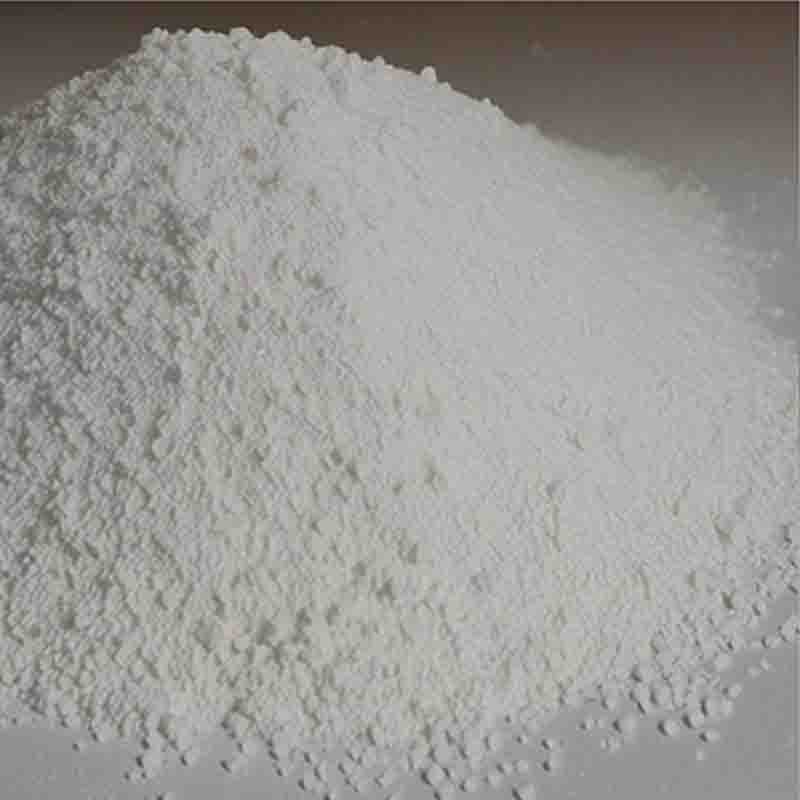DI-MICRO-CHLOROBIS[2-[(DIMETHYLAMINO)METHYL]PHENYL-C,N]DIPALLADIUM CAS: 18987-59-2
| Catalog Number | XD94440 |
| Product Name | DI-MICRO-CHLOROBIS[2-[(DIMETHYLAMINO)METHYL]PHENYL-C,N]DIPALLADIUM |
| CAS | 18987-59-2 |
| Molecular Formula | C18H24Cl2N2Pd2+2 |
| Molecular Weight | 552.14 |
| Storage Details | Ambient |
Product Specification
| Appearance | White powder |
| Assay | 99% min |
DI-MICRO-CHLOROBIS[2-[(DIMETHYLAMINO)METHYL]PHENYL-C,N]DIPALLADIUM, also known as (PdCl2(DMAP)2), is an organometallic compound that contains two palladium(II) centers coordinated with two chloride ligands and two 2-[(dimethylamino)methyl]phenyl ligands. This complex is widely used as a catalyst in various organic transformations due to its unique properties.One of the key applications of (PdCl2(DMAP)2) is in cross-coupling reactions. Cross-coupling reactions involve the formation of a new carbon-carbon bond between two different organic fragments. (PdCl2(DMAP)2) is particularly effective in promoting these reactions, such as the Suzuki-Miyaura coupling and the Heck reaction. In these transformations, (PdCl2(DMAP)2) serves as a catalyst that facilitates the coupling of an organometallic reagent (e.g., an aryl or vinyl boronic acid) with an organic halide or pseudohalide substrate. This enables the construction of complex molecules with high efficiency and selectivity.Another important use of (PdCl2(DMAP)2) is in the activation and functionalization of carbon-hydrogen (C-H) bonds. C-H activation involves the transformation of typically unreactive C-H bonds into new chemical bonds, allowing for the direct modification of molecules. (PdCl2(DMAP)2) can selectively activate C-H bonds in various organic compounds, making it a valuable tool in C-H functionalization reactions. This enables the preparation of complex molecules more efficiently by avoiding the need for pre-functionalized starting materials.Additionally, (PdCl2(DMAP)2) is used in the synthesis of heterocyclic compounds. Heterocycles are organic compounds that contain one or more non-carbon atoms in the ring structure, such as nitrogen, oxygen, or sulfur. (PdCl2(DMAP)2) can catalyze the formation of these heterocycles by facilitating various cyclization reactions, such as intramolecular C-H activation, cross-coupling, and direct functionalization.Moreover, (PdCl2(DMAP)2) has found applications in the synthesis of organic dyes and pigments. By utilizing (PdCl2(DMAP)2) as a catalyst, the preparation of chromophores with desirable optical properties can be achieved. These dyes and pigments have applications in industries ranging from textiles and paints to solar cells and optoelectronics.In conclusion, (PdCl2(DMAP)2) is a versatile and valuable catalyst in organic synthesis. Its applications in cross-coupling reactions, C-H activation, heterocyclic synthesis, and dye and pigment preparation have significant implications in medicinal chemistry, materials science, and various other fields. The unique reactivity of (PdCl2(DMAP)2) allows for the construction of complex molecules with improved efficiency, selectivity, and functional diversity.


![DI-MICRO-CHLOROBIS[2-[(DIMETHYLAMINO)METHYL]PHENYL-C,N]DIPALLADIUM CAS: 18987-59-2 Featured Image](https://cdn.globalso.com/xdbiochems/白色粉末2680.jpg)
![DI-MICRO-CHLOROBIS[2-[(DIMETHYLAMINO)METHYL]PHENYL-C,N]DIPALLADIUM CAS: 18987-59-2](https://cdn.globalso.com/xdbiochems/粉末1475.jpg)





